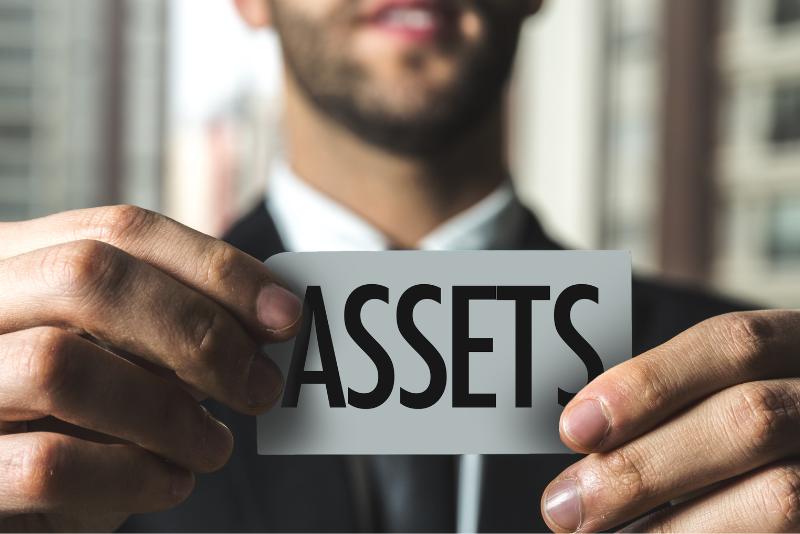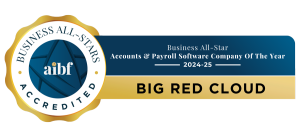As a new business owner, it can be daunting trying to learn the basics of accounting and become familiar with all of the terminology. However, these basic components need to be understood in order for your business to succeed. One of the first aspects a business owner should get to grips with is the difference between current assets and fixed assets. Ultimately, the difference between fixed (sometimes called non-current) and current assets is the ability of the latter to be transferred into cash in a short period of time. However, there is more to it than that alone. Within this blog post, we will go through the basics of both fixed and current assets and the various differences between the two.
What are current assets?
Current assets are items of value that your business plans to use or convert to cash within one year. You sell, consume, and utilize these assets during your day-to-day business operations. Your current assets are short-term investments because you use or convert them into cash within one year. These assets are referred to as liquid assets, meaning they are fluid and can easily change into a different form i.e cash. Current assets are essential to your business operations. You can use current assets to pay for daily operating expenses, which keeps your business operating smoothly. Understanding the value of your current assets is critical for planning your business’s short-term future.
Some examples of current assets include cash, cash equivalents, short-term investments, accounts receivable, inventory, supplies, and prepaid expenses.
What are fixed assets?
Fixed assets, or noncurrent assets, are long-term properties that bring continual value to your business beyond a year. Fixed assets are those that cannot be converted into cash within one year. They are the foundation of your business and bring long-term value to your business as it grows. Fixed assets can be either tangible or intangible. As well as this, because fixed assets are long-term assets, they usually depreciate over time. Costs are spread out throughout several years versus one year. Current assets typically don’t depreciate because they are short-term.
Some examples of fixed assets include land, machinery, vehicles, furniture, computer equipment, buildings, and any patents or copyrights belonging to the company.
What are the differences between current and fixed assets?
As you can see, the main difference between fixed and non-current assets is their ability to be changed into cash and the speed at which this can happen. As previously mentioned, fixed assets are usually intangible or longer-term, such as a building, land or even intellectual properties, making these hard to convert to cash in a short period of time. Whereas current assets are either already cash or can be made into cash within one year. Not only this but, fixed assets may be subject to depreciation, whereas current assets will never be subject to depreciation. This is because fixed assets have a much longer life than current assets, for example, cars will naturally depreciate over the course of their useful life. Current assets, on the other hand, are generally more short-term (or are already cash) and won’t be affected by depreciation.
Trying to manage your business’s accounting can be challenging, but Big Red Cloud is here to help. With Big Red Cloud’s online accounting software, you can easily track your business’s expenses and income. If you would like to ensure your books are correct, sign up for your free trial today. Alternatively, if you would like any more information or assistance regarding your business accounts, you can contact the team at Big Red Cloud or give us a call at (01) 204 8300, where our friendly team can help you get to the bottom of your accounting.




